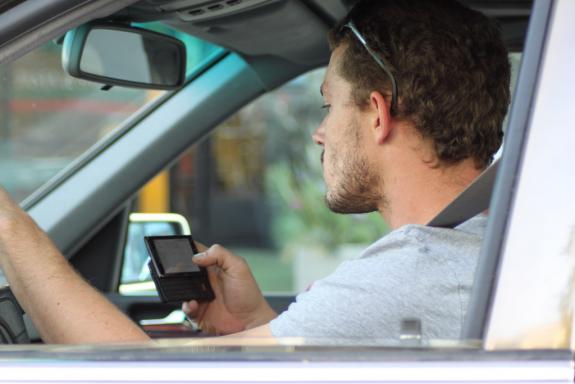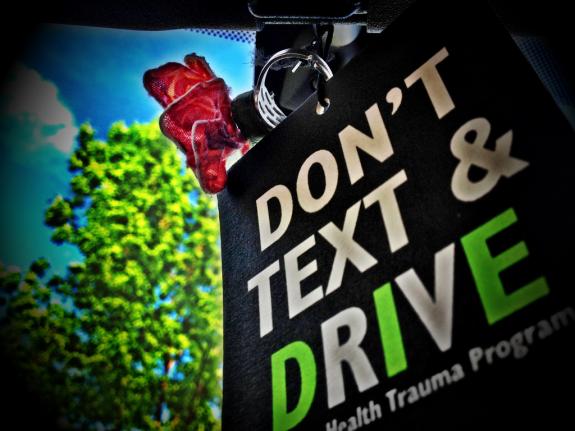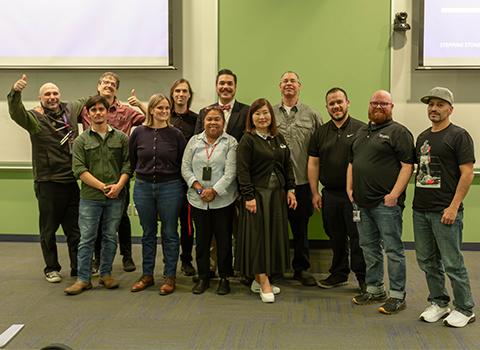Texting and driving

Distracted driving is a serious safety and public health issue. There are several ways we can be distracted when we drive, but defined broadly, distractions are anything that diverts any amount of our attention away from the task of driving. This could mean eating, talking on a phone, texting, playing a game, grooming … the list is long. Let's talk specifically about talking and texting while driving, because it is on the continued rise as a public health and occupational safety concern, in spite of increased public awareness and stricter motor vehicle laws.
By the numbers
- Talking on a cell phone while driving is like having a 0.08 percent blood alcohol content while driving (the threshold for DUI in Washington state).
- Texting while driving is like having a 0.19 percent blood alcohol content while driving.
- Text viewing takes an average of 4.6 seconds – at 55 miles per hour, that is like driving the length of a football field blindfolded.
- 26 percent of all vehicle accidents involve distraction.
- You are 23 times more likely to be in a crash if you text or talk on a phone while driving.
- 341,000 vehicle crashes in the US during 2013 involved texting and driving.
- 60 percent of American drivers admit to texting while driving, and 70 percent admit to using a handheld cell phone while driving – 43 percent say they use a mobile device while driving as a habit.
- It is estimated that 660,000 drivers on America’s roads are using mobile electronic devices right now.
- In the U.S., nine people are killed and another 1,000 injured in crashes caused by distracted driving each day.
(Information sources: UW Medicine and Distraction.gov)
Washington’s laws prohibit using a handheld electronic device when driving – texting, talking or viewing. It is legal to use a phone in a hands-free mode only. Even then, it is best to keep phone calls to an absolute minimum or to have a policy of not answering or making calls while the vehicle is on the road. If you must take a call, it is best to pull out of traffic and park to take or make a call. The UW’s policies are as strong as the state’s and are applicable at all times when driving a UW-owned vehicle.
We cannot eliminate the hazards of distracted driving until we change the overall attitude and acceptance of distracted driving and make it as unacceptable on our roads as driving under the influence of intoxicants. So please… put aside the distractions and get where you’re going safely.





